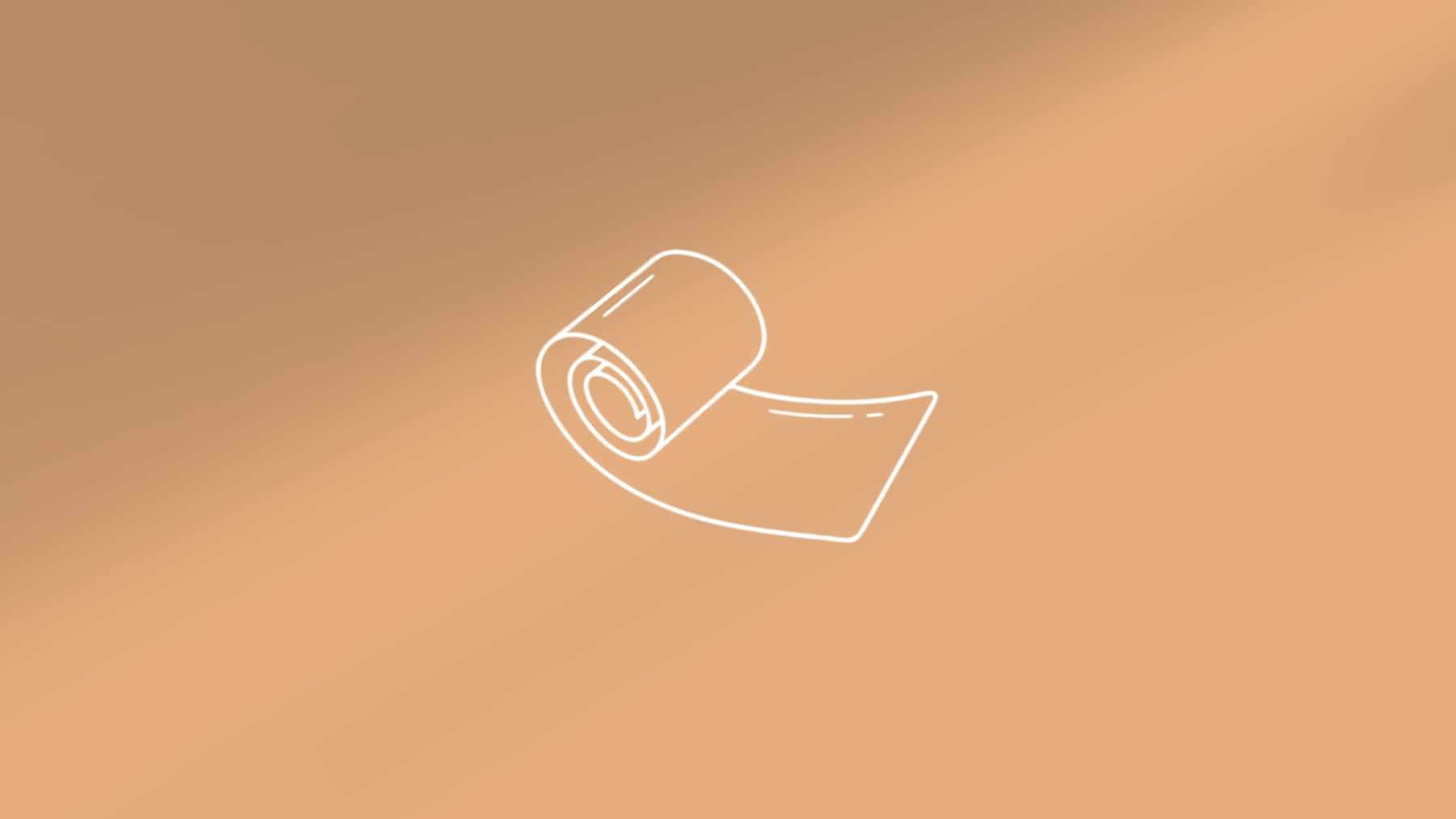Role of Silicone in Scar Care
Scar formation following skin tissue injury, whether due to acute trauma or chronic conditions, is primarily characterised by excessive collagen accumulation [1]. In full-thickness wounds, where both the epidermis and dermis are disrupted, epidermal regeneration requires approximately two weeks. During this initial phase of wound healing, interventions targeting scar modulation are largely ineffective, as high collagen deposition is essential for tissue repair.
After this period, the newly formed stratum corneum remains immature, leading to increased transepidermal water loss (TEWL). This disruption in epidermal barrier function triggers keratinocytes to release cytokines, stimulating fibroblasts to produce and deposit collagen. Excessive collagen accumulation within the scar matrix can result in hypertrophic or keloid scars, contributing to both functional impairment and aesthetic concerns [1].
Silicone-based products mimic the occlusive properties of the stratum corneum, restoring hydration levels at the wound site to those observed in intact skin [2,3]. By maintaining optimal moisture balance, silicone modulates fibroblast activity and regulates collagen synthesis, thereby influencing the scarring process. This hydration-driven mechanism has been widely recognised as a key factor in silicone’s clinical effects, with multiple studies highlighting its role in reducing excessive collagen deposition and improving scar outcomes for early and mature pathologic scars [4–11].
Silicone gel sheets (SGS) also play a mechanical role in scar modulation by redistributing tension away from the wound edges and onto the silicone layer [12]. This controlled tension reduction creates an optimal environment for orderly scar formation and lowers the risk of hypertrophic and keloid scarring. Another hypothesised mechanism involves the generation of a negative static electric field resulting from friction between the SGS and the skin [13–14]. This electrostatic charge is believed to influence collagen fibre organisation, potentially facilitating scar remodelling and reducing the prominence of raised scars.
These findings indicate that the therapeutic effects of SGS arise from a combination of mechanisms that extend beyond hydration and occlusion to support skin barrier function. While several hypotheses have been proposed to explain their efficacy, some remain insufficiently substantiated by clinical evidence. Nevertheless, extensive research and real-world application have established silicone-based products as a widely accepted and effective intervention for scar management.
References
-
Bleasdale B, Finnegan S, Murray K, Kelly S, Percival SL. The Use of Silicone Adhesives for Scar Reduction. Adv Wound Care (New Rochelle). 2015 Jul 1;4(7):422-430.
-
Branagan M, Chenery DH, Nicholson S. Use of infrared attenuated total reflectance spectroscopy for the in vivo measurement of hydration level and silicone distribution in the stratum corneum following skin coverage by polymeric dressings. Skin Pharmacol Appl Skin Physiol 2000;13:157–64.
-
Suetak T, Sasai S, Zhen YX, Tagami H. Effects of silicone gel sheet on the stratum corneum hydration. Br J Plast Surg 2000;53:503–7.
-
Kim JS, Hong JP, Choi JW, Seo DK, et al. The efficacy of a silicone sheet in postoperative scar management. Adv Skin Wound Care 2016;29:414–20.
-
Chan KY, Lau CL, Adeeb SM, Somasundaram S, et al. A randomized, placebo-controlled, double-blind, prospective clinical trial of silicone gel in prevention of hypertrophic scar development in median sternotomy wound. Plast Reconstr Surg 2005;116:1013–20.
-
Hsu KC, Luan CW, Tsai YW. Review of silicone gel sheeting and silicone gel for the prevention of hypertrophic scars and keloids. Wounds 2017;29:154–8.
-
Fabbrocini G, Marasca C, Ammad S, Brazzini B, et al. Assessment of the combined efficacy of needling and the use of silicone gel in the treatment of C-section and other surgical hypertrophic scars and keloids. Adv Skin Wound Care 2016;29:408–11.
-
Westra I, Pham H, Niessen FB. Topical silicone sheet application in the treatment of hypertrophic scars and keloids. J Clin Aesthet Dermatol 2016;9:28–35.
-
van der Wal MBA, van Zuijlen PP, van de Ven P, Middelkoop E. Topical silicone gel versus placebo in promoting the maturation of burn scars: a randomized controlled trial. Plast Reconstr Surg 2010;126:524–31.
-
De Giorgi V, Sestini S, Mannone F, Papi F, et al. The use of silicone gel in the treatment of fresh surgical scars: a randomized study. Clin Exp Dermatol 2009;34:688–93.
-
Li-Tsang CWP, Lau JCM, Choi J, Chan CCC, et al. A prospective randomized clinical trial to investigate the effect of silicone gel sheeting (Cica-Care) on post-traumatic hypertrophic scar among the Chinese population. Burns 2006;32:678–83.
-
Akaishi S, Akimoto M, Hyakusoku H, Ogawa R. 142B: the relationship between keloid growth pattern and stretching tension—visual analysis using the finite element method. Plast Reconstr Surg 2010;125:96
-
Hirshowitz B, Lindenbaum E, Har-Shai Y, et al. Static-electric field induction by a silicone cushion for the treatment of hypertrophic and keloid scars. Plast Reconstr Surg 1998;101:1173–83.
-
Amicucci G, Schietroma M, Rossi M, Mazzotta C. Silicone occlusive sheeting vs silicone cushion for the treatment of hypertrophic and keloid scars: a prospective-randomized study. Ann Ital Chir 2005;76:79–83.
This scientific information is intended for educational purposes and healthcare professionals only — it is provided to support understanding of the science, studies, and ingredients used in Nokori products. |



Share:
Knowledge → Treating your Scars
Knowledge → Massaging your Scar